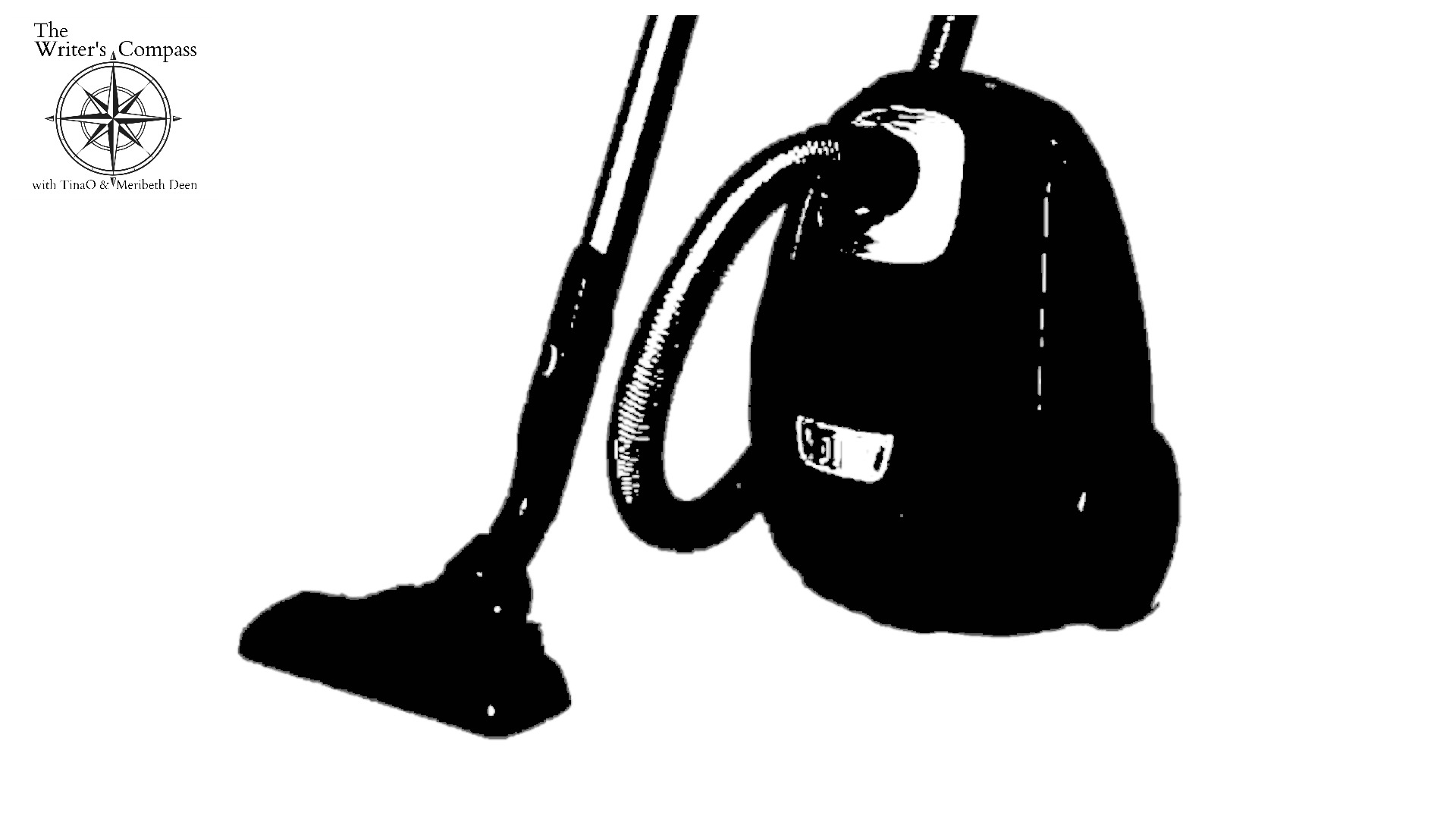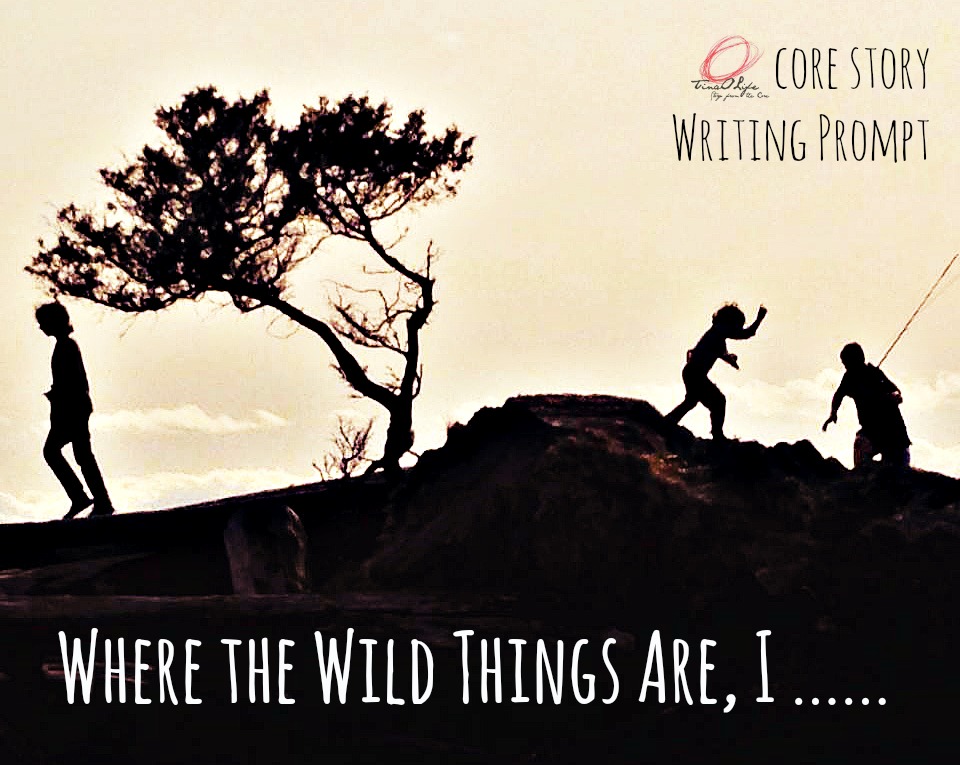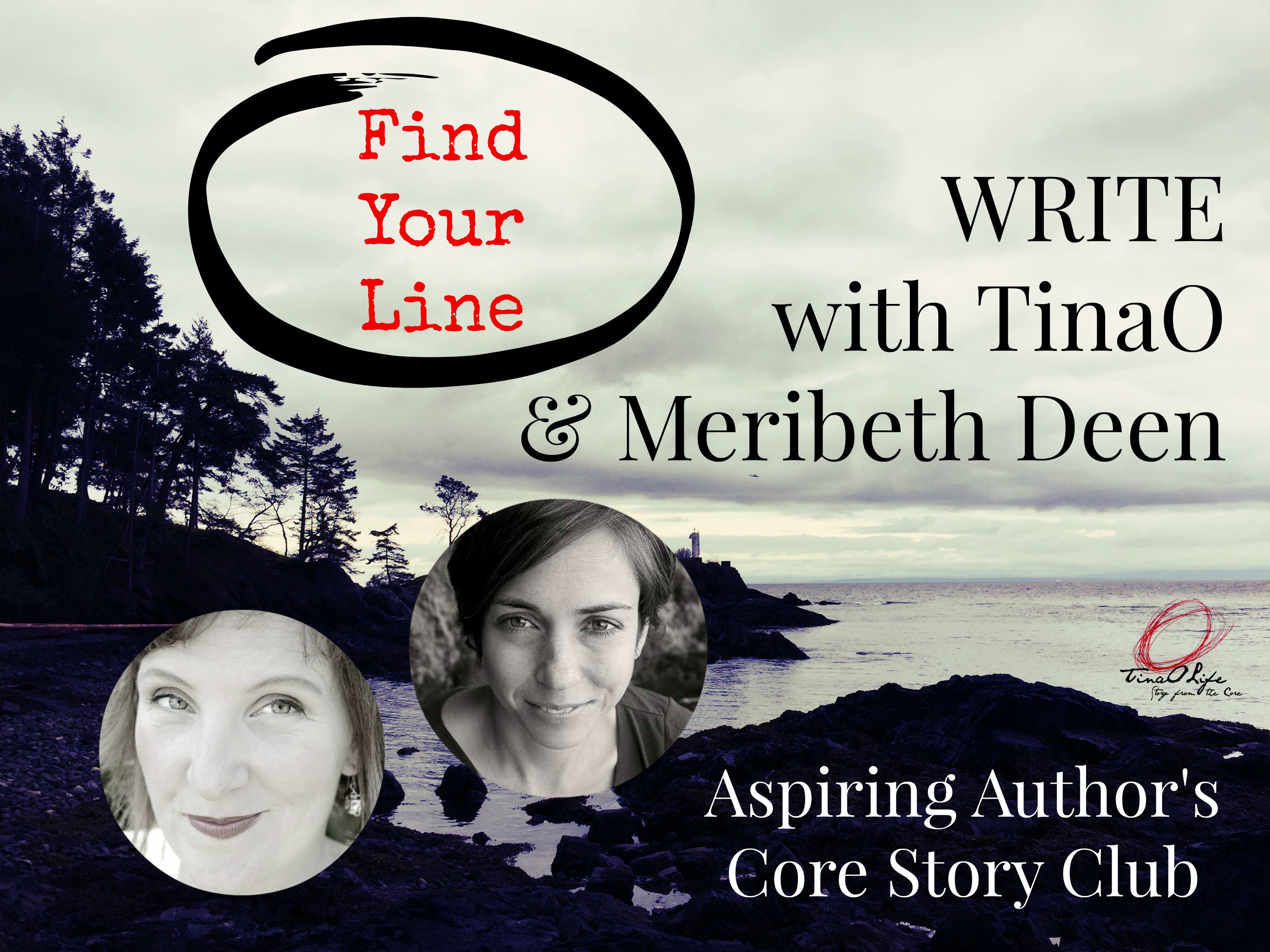NO CHORES ALLOWED
I don’t like vacuuming, and I particularly don’t enjoy vacuuming stairs. In order to do it well, I have to change the nozel, plug and unplug the vacuum, position the vacuum itself sideways across each step so it doesn’t fall off as I move up or down, and no matter what I try, I always end up banging or nicking the wall along the way. Ugggggghhhh it’s just too much work. Vacuuming stairs is totally a chore.
I don’t mind doing the dishes. Yes, I have to give up twenty minutes of my life. Yes, I’m often cleaning up someone else’s jam, or scraping macaroni and cheese off someone else’s lunch pot, but it’s not so bad. Doing dishes may be work, but it doesn’t feel like a chore to me.
I don’t really have an opinion about laundry anymore. It’s not work or a chore, it’s a habit. If I grumbled every time I unballed a dirty sock or folded a towel, laundry would be pretty obnoxious for me. I just do it. It’s not work. It’s not a chore. It’s become a practice.
Here’s a Zen Proverb I love because it sums up chores/work/practices and writing beautifully:
Before enlightenment;
chop wood carry water.
After enlightenment;
chop wood carry water.
You’re likely writing something or you wouldn’t be reading this post. You’re probably hoping to find a tip to make your writing process easier, more efficient and maybe even more joyful.
So here it is: Don’t make writing a chore.
That’s it. That’s all. Make writing a choice by building a practice around it. Simply write and keep writing, and as you write, explore new ways to show up to the page again and again and again until the process becomes your practice and it feels like coming home.
Here are some tips to developing your writing practice:
- Notice when words come easy for you. Is it when you’re the most awake with more thinking power? Is it when it’s late and there’s less energy to resist? Is it something else?
- Try commiting to a small daily word count. Some people do their best work in a sustainable way with a 300-500 daily word count. Did you know Stephen King follows a 3000/day word count and some days he’s done before 11:30am? (BTW… if this makes you groan, you’re in good company. This is not my process).
- Try linking writing with a regular activity. E.G. everytime you’re on the bus, write 300 words in your notebook.
- Try using writing prompts by finishing a sentence which then becomes a paragraph. Set a timer for three minutes.
- Try blocking out one, three to four day weekend per month and create a writing retreat around it. BTW…this is how I write in a non-chore, non-work way. I call myself an immersive writer.
These are just a few ideas to play with and there are oodles more out there. We’ll talk about many of them here.
Here’s the bottomline: Don’t make writing a chore or you’ll be vacumming stairs all day, and who wants to do that? Bleccchhhhh…. not me, and Meribeth and I certainly don’t want that for you.
We want to help you write, finish and deliver your book… repeat.
Here’s to your writing adventure,
Much love,
TinaO










